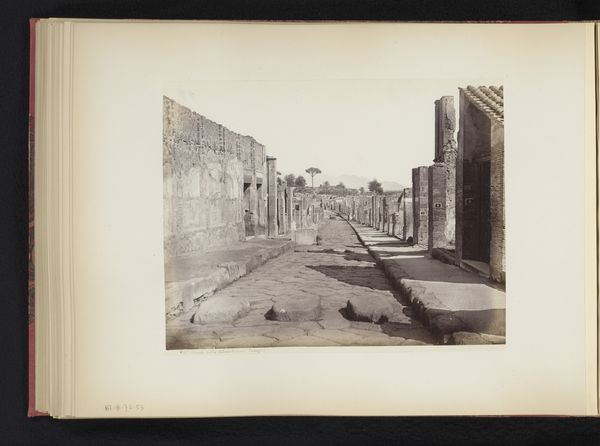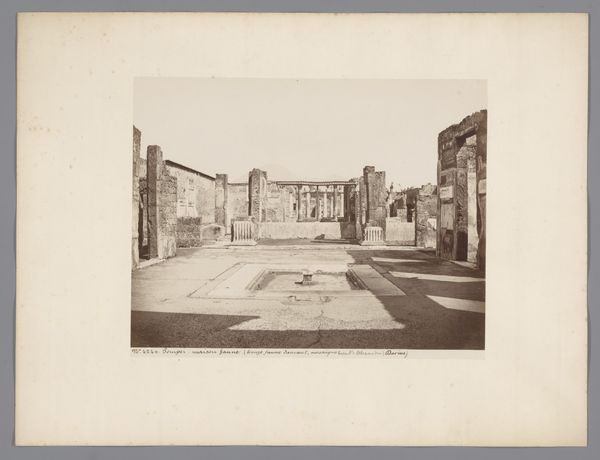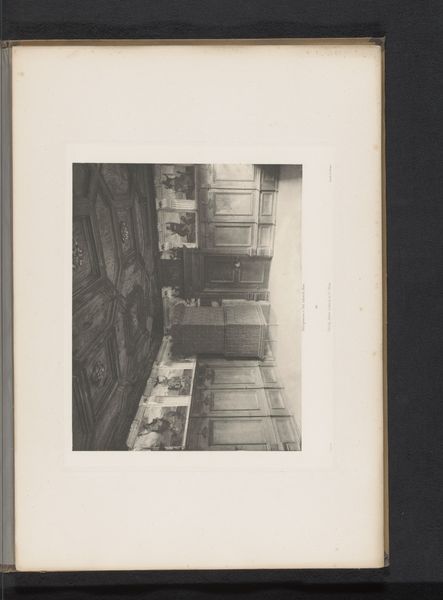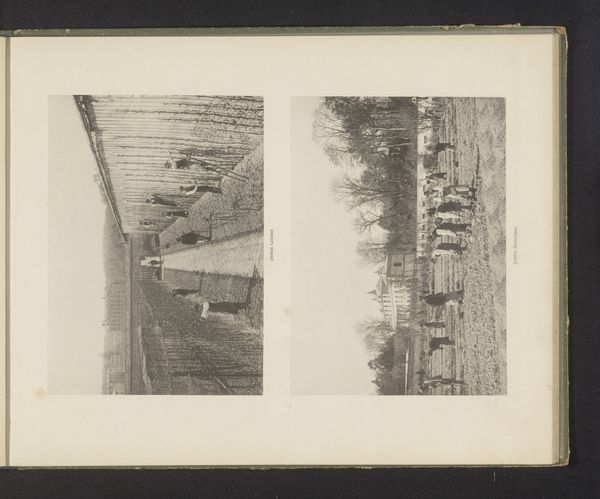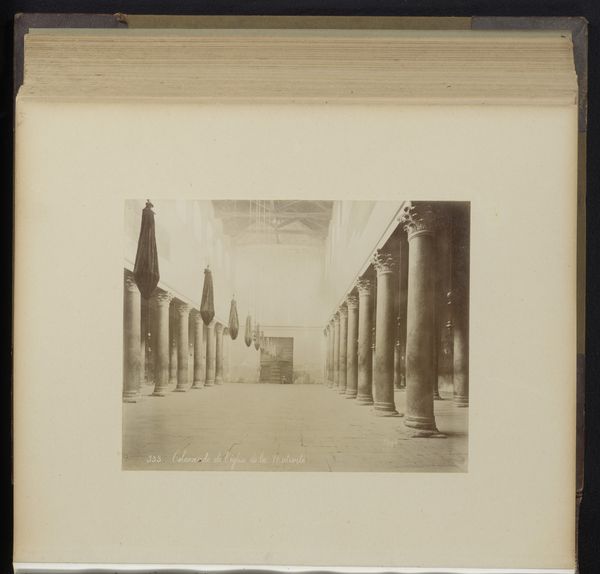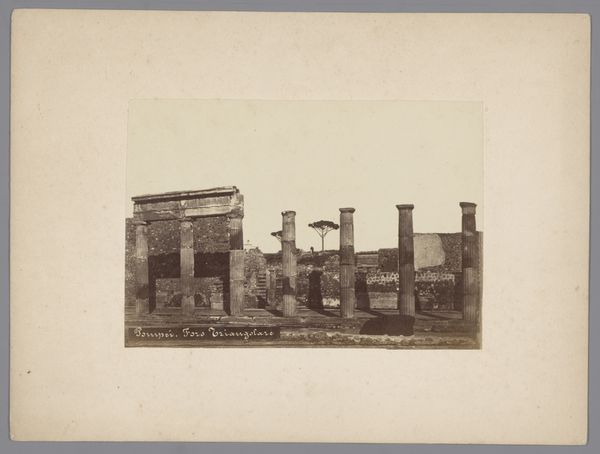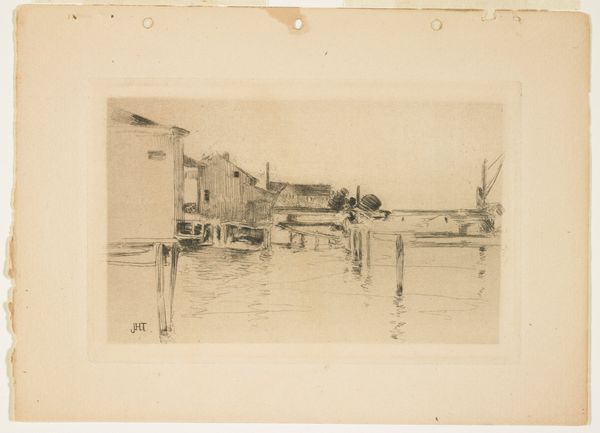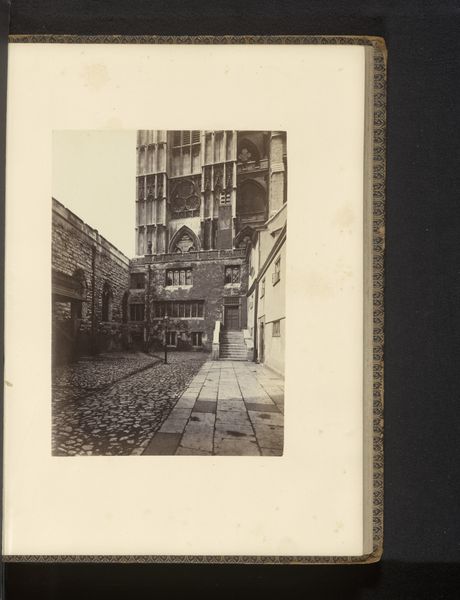
photography, gelatin-silver-print
#
landscape
#
photography
#
ancient-mediterranean
#
gelatin-silver-print
#
cityscape
#
street
#
realism
Dimensions: height 109 mm, width 154 mm, height 190 mm, width 226 mm
Copyright: Rijks Museum: Open Domain
Editor: Here we have Giorgio Sommer's "View of the Via dell'Abbondanza in Pompeii," a gelatin-silver print made sometime between 1857 and 1914. It’s really evocative; the ruined street feels almost tangible. What strikes you about this image? Curator: I see a fascinating document, not just of Pompeii, but of the 19th-century gaze and the act of photographic reproduction itself. Consider the materials – the gelatin-silver print, a relatively new technology at the time. Its very existence hinges on industrial processes of chemical production and photographic printing. Editor: Right, so it's about the process as much as the subject? Curator: Absolutely. Look at how Sommer uses this technology. He is not simply documenting; he’s constructing a narrative, selling a consumable image of historical ruin, commodifying the past. What kind of labor do you imagine went into not just unearthing the site, but producing these images to sell them? Editor: I hadn't thought about the labor involved! You're right, there's the excavation, then the photography, the printing… it’s quite a chain of production. Curator: And what of the people who bought this image? Who were they? Why did they want a photo of Pompeii? Their desires and means are part of the story too. This isn't just ancient history, but modern history made visible through a specific set of material practices. Editor: That makes me think differently about the photo. It's not just a window into the past, but a record of 19th-century technology and cultural values concerning historical excavation and dissemination of information through mass media. Thank you! Curator: Indeed! Seeing art as a product of both intention and material conditions truly enriches our experience of the work.
Comments
No comments
Be the first to comment and join the conversation on the ultimate creative platform.

